MURRAY REGION




Susan Goudriaan has gone from being a police o cer in The Netherlands to a dairy farm worker in Bamawm. And she’s never been happier. Page 3.





















BY RACHAEL NAPIER


SUMMER IS here.
I have mixed feelings about this time of year, today I’m in the AC catching up on paperwork while the cows chill out under the fans and sprinklers.
Yesterday, I had a jumper and beanie on getting the cows in the morning, followed by a flurry of inquisitive flies at milking time in the afternoon. On top of the flies, the snakes have arrived — and I have to say I’m not a fan.
It’s a good time of year to check your first aid kit and think about farm safety for a minute.
Our kit includes a snake bite kit. I bought it pretty cheap at the chemist, along with the usual Band-aids, and some Hydralyte. There’s always someone who ends up with a cracker of a headache bought on by dehydration.
I’ve also invested in some fly veils for the humans, especially me, although one fly has only 0.066 calories (meaning we can eat 30,303 a day without gaining weight) but I’d rather not.
Plus, the veils keep the staff happy. As an added bonus I can now train five new calves on the feeder without impersonating Steady Eddie.
Shortly we’re going to receive the annual bustle of farm visitors with the approaching Christmas school holidays.
We love farm visitors! Fresh milk from the cow, patting the safer looking and much cuter calves, and heaven forbid, a ride on something agricultural. This is a no, no here.
I have been involved with farm safety off and



on for many years now. I have read and seen too many pictures and stories of farm kids and visiting cousins, where something seemingly simple has gone horribly wrong.
Put a helmet on, wear hi-vis vests, and supervise everything — protect your little ones, and make sure the older ones understand the consequences of accidents.
Hot weather, storms, snakes, quad bikes, tractors, implements behind tractors, unsettled cows, uncovered V-belts, PTO shafts, empty tanks, ladders on silos, pump shafts, chemicals — the list goes on and on.
Be safe, be sensible and supervise. Most of all, make sure the kids go home dirty, tired, happy and in one piece.
The corn is up, and the 117 days are counting down.
Struggling to keep the cockatoos off we embarked on a scarecrow-making competition.
This has caused an educational display of competitiveness here — spats over who’s using the welder when, someone pinched a scrap piece of something that someone else wanted to use, and I’m helping everyone.
No time for me to make something, so I’ve gone to extreme lengths and purchased a couple of mannequins — this is going to be epic.
I’m wondering how many people are going to toot the horn and wave at them. The objective of course is to keep the cockies off, but the comical side piece should be great!
It wouldn’t be a real chair’s report without talking shop, and there’s actually been a bit going on in this space at Murray Dairy.


At our October AGM we celebrated the past contributions of our outgoing skills-based director Claire Baumber. Claire is making time to focus on family.
We congratulated both Phil Candy (processor specialist skills-based director) and Hamish Crawford (returning deputy chair and farmer director) on their reappointments.
We welcome Sarah Williams (specialist skills-based director) for her first three-year term and Peter Irwin (specialist skills-based director) who is joining the board for a 12-month co-opted position.
The board members look forward to working together.
On the operations side of things, we sadly farewell Lachlan Barnes.
Lachie has been a part of the Murray Dairy family for eight-and-a-half years, mainly in the extension space. More recently Lachie has been performing higher duties as the regional manager since the departure of Jenny Wilson.
Lachie has contributed to many programs, farmer DBNs, networking, projects and has established excellent farmer respect and relationships along the way.
The board have enjoyed working with Lachie and look forward to catching up with him around the traps.
Don’t forget to temp-check your hay, fill up the fire cart, manage heat stress, and put your order in with Santa.
Merry Christmas everyone!
– Rachael Napier is the Murray Dairy chair.
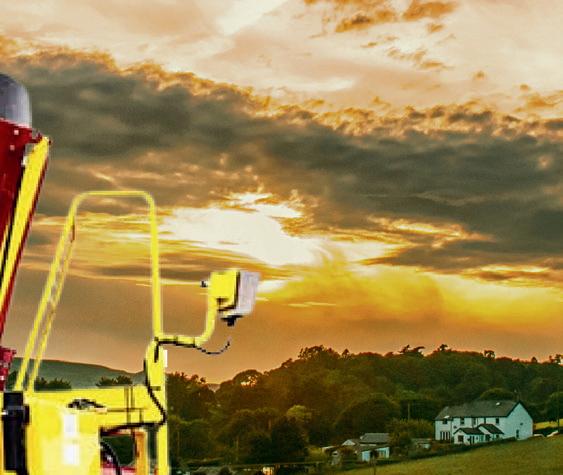




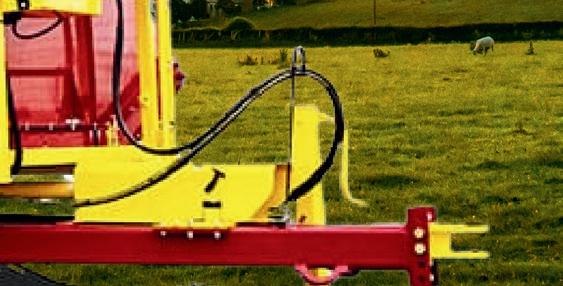










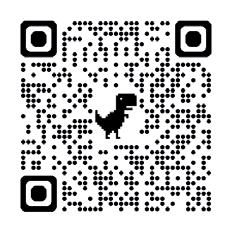




BY SOPHIE BALDWIN
YOU NEVER know what is around the corner if you don’t have the courage to step outside the square.
For Susan Goudriaan, that step was a little bit bigger than a square and involved moving from The Netherlands to Australia.
In the process, she has found where she is supposed to be.
And surprisingly it is on a dairy farm at Bamawm, and Susan absolutely loves it.
In 2021 after a relationship breakdown, the death of her dog and a family member passing away, Susan decided to rebalance her life.
She had to give up her job as a policewoman and decided to travel to South America for what she thought would just be a trip overseas.
“It was during COVID and Central America was the only place I could go.
“But I had an amazing time and came to the realisation that this was only the start of what has turned into three years of travelling.
“I was approaching 30 and I really wanted to go to Australia so I applied for an Australian visa while I was still in Central America.
“I went back home to The Netherlands, gave up on my house, let go of everything and came to Australia with just a backpack.”
Initially she travelled the country and stayed in Melbourne and Sydney.
Susan decided to apply for some farm work because she loves animals and a dairy job sounded appealing.

She started working on a dairy farm in Numurkah.
“My visa was about to expire back in August and I thought if I don’t do something I will have to go back to The Netherlands.
“I was enjoying the dairy industry so much that I realised I wanted to pursue a career in agriculture.
“I started a diploma in agriculture around the time my visa was about to expire.”
Susan was looking for permanent employment and via Facebook found a dairy job with Bill and Andrew Cochrane at Bamawm.
“I couldn’t even pronounce Bamawm when I first got here; it was the locals at the pub who taught me how to say it properly,” she laughed.
“I also thought to myself ‘why does this place have a name when it is has like 10 houses’.”
Susan has found the work on the farm, combined with studying for her diploma, to be extremely fulfilling.
“Before starting my study I didn’t have a lot of knowledge when it comes to plants, soil and water, but surprisingly I am finding plant biology very interesting and I think I will take my studies even further.”
A typical day for Susan starts with the 5.30am milking.
“I then feed the calves milk and grain and then the day starts. It could be tractor work with Andrew, drenching, moving stock or whatever else is happening.”
On Fridays she goes to Melbourne and goes to school to study for her diploma on the weekend.

“I don’t have much time for anything else at the moment but I do hope to do some more travel on my days off.”
Susan said agriculture is the missing job she has been looking for since she was 17 and finished secondary school.
“I never really knew what I wanted to do when I left school and who would have thought that would be farm work.
“I love the freedom of being outside, the animals and the physical work — it gives me great satisfaction at the end of the day and every day is different, which I love.”
One thing Susan doesn’t love, however, is the hot summers.
“I come from a cold, rainy country and I am not built for 40-degree temperatures. I definitely prefer working in the colder months.”
Susan said she has fallen in love with the Australian countryside, especially driving around and watching the beautiful big sunsets after a hard day’s work.
“I am so glad I had the courage to take the first step.
“Moving away from everything I had in The Netherlands was scary but now I have my job and my studies, which makes it all worth it.
“Looking back I wish I’d spent less time in Sydney and Melbourne. I now have such a soft spot for the countryside, and I am just so happy here.”









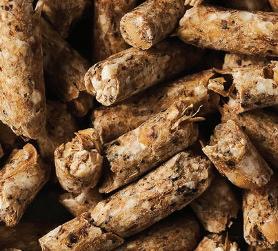










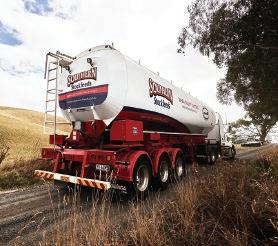


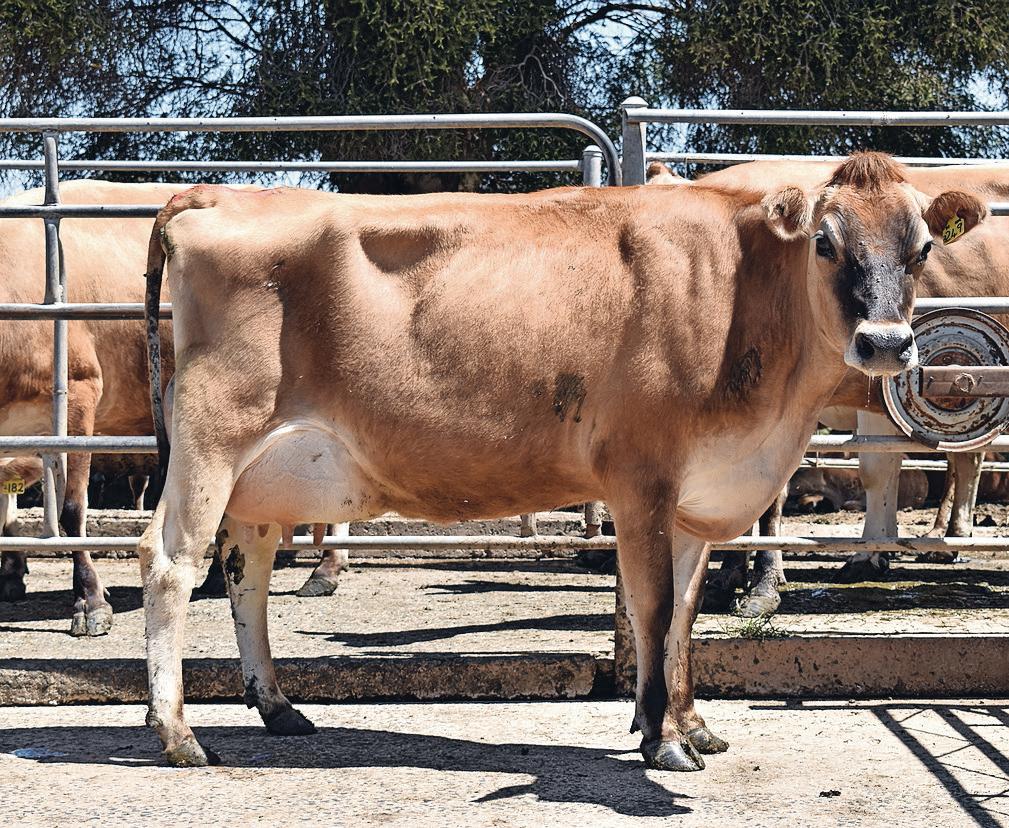
BY SOPHIE BALDWIN
THE ANNUAL Northern District Jersey Breeders Club On-Farm Challenge was a dream come true for Bill Cochrane, with his cow Jugiong Daydream 7578 crowned Supreme Champion.
Daydream — along with two-year-old Tandara Craze Charo 2, three-year-old Jugiong Ranunculus 8489, four-year-old Shenstone Silvermine 370 and five-year-old Brookbora Eileen 130 — will go onto represent the club at the Great Southern Challenge.
More than 120 cows across 17 herds were presented in the on-farm challenge, with judging taking place over two days.
Tandara Craze Charo 2, owned by Tandara Genetics, was named Junior Champion while Best Udder went to J. and D. Easterbrook with Sunshine Farm Kim 6.
The best pen of five owned and bred was won by Brookbora Jerseys.
Highest pointed junior exhibitor was awarded to Jett and Deakin Easterbrook with Sunshine Farm Kim, while highest pointed cow by an exhibitor was K. and K. Cash with Brookbora Bontino Fernleaf.
Judges Stewart Robertson and Kelly Bleijendall said over the judging period they had the opportunity to see a lot of great cows.
“There has been a lot of cows with a tremendous will to milk, and udder and teat placement have been phenomenal,” Stewart said.
Stewart said the consistency across the breed has also been amazing.
“As a cattle breeder myself, it is a great honour to get to visit other people’s farms and judge their cows,” he said.
“Long-term the Jersey breed is well placed within the industry and I look forward to seeing the results from the Great Southern Challenge.”
Ben Govett from Tandara Genetics said he purchased the two-year-old Tandara Craze Charo 2 in an embryo package from Brookbora in an online sale.
“I am a huge fan of the mother and Charo 2 has turned out to be a pretty handy heifer with good type and production so far,” Ben said.
“It will be interesting to see where she goes in her future, she settled into the herd well.”
Stewart said Charo was a clear winner in the senior junior two class.
“She is a great young cow with great
femininity and long dairy frame,” he said.
“She is one of those heifers you will watch in the future because she is made so correctly and she has a great udder for a two-year-old.
“It is also exciting for Ben when you invest in your genetics and come through with the goods, it is just so satisfying.”
Bill Cochrane has been involved in the competition for many years
“The on-farm challenge is a great way of showing cows without having to go to all the fuss of clipping and presenting for the public.”
This is his first win.
He bought Daydream as a two-year-old at the Jugiong dispersal sale a few years ago.
“We walked out into the paddock and she was the first cow we saw. I thought how awesome she was back then, and she has gone on to mature into a very nice cow,” Bill said.
“She has been bridesmaid a few times so it was a real thrill to see her get the win.”
Bill said he has purchased quite a few Jugiong cows over the years and they have always performed well.
“We are milking our first daughter out of Daydream this year and we have a couple of youngsters to come through as well so I will be keeping an eye on how they go.”
Bill said Daydream was a particularly easy cow to work with and she had no vices, just gets in there and gets the job done.
“We took her to IDW last year and we might wander off with her again this year, I’ll have to talk to the fitters first though.”
Stewart said the moment he and Kellie saw Daydream they knew she would be hard to beat.
“Daydream is a great dairy cow with a functional mammary system, great breed characteristics and dairy-ness,” he said.
“She is a credit to the Nicholson family who bred her and the Cochrane family who have got her to where she is today — she is a remarkable cow.”
The Great Southern Challenge covers Jersey clubs in Victoria, Tasmania and South Australia, while the Great Northern Challenge includes clubs from NSW and Queensland.
Winners of the southern and northern challenge are announced in December and will then go on to be judged by a panel of three judges via video, to determine the ultimate Great Australian Challenge winners.
These awards are announced and presented at the AGM dinner in May 2025.


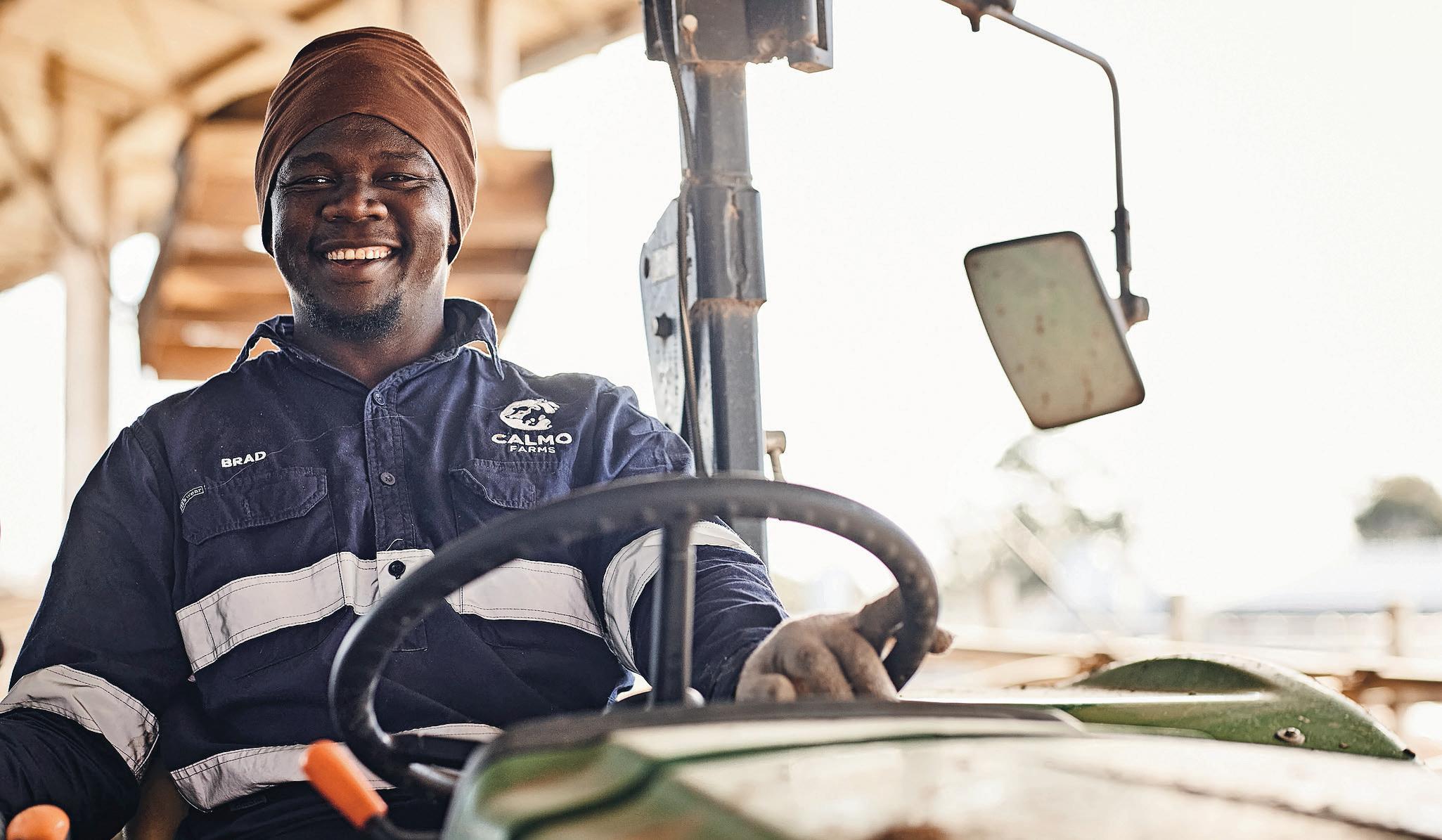
DAIRY is partnering with the Gardiner Foundation to help dairy farmers build skills for managing employees from diverse cultural backgrounds.
According to the 2024 Dairy Australia farmer survey, labour issues are a major challenge in the Murray Dairy region, alongside rising production costs.
Larger farms especially see labour as their biggest challenge.
As finding skilled workers remains difficult, many dairy farmers have started hiring sponsored migrant workers, backpackers, refugees and recently arrived local immigrants.
In a recent survey, 42 per cent of dairy farmers who recently hired new staff said they had employed workers from overseas, and 52 per cent said they would likely do so in the future.
First Nations employees also bring different
cultural backgrounds to the workplace.
While this pool of workers is a welcome addition to a workforce that may historically have been sourced from a neighbouring farm, people from diverse cultural backgrounds can often need additional support and training to succeed.
Language barriers, different cultural norms, lack of dairy experience and unclear expectations are just a few of the many challenges that face employers and employees coming together from different backgrounds.
To make the experience positive for both employers and employees, Murray Dairy is offering a ‘one-to-one’ service to local farmers starting next year.
This service will include farm visits and follow-up conversations to discuss challenges and share successful strategies that others have used.

If you’re interested in learning more about how you might continue to develop a positive relationship with workers from
The Murray Dairy Young Dairy Network is pleased to announce the appointment of Rochester farmer Andrew Rushton as the committee’s new chair.
We are excited to welcome Andrew, whose passion for the dairy industry and innovative leadership will guide the YDN as it embarks on its next phase of growth and opportunity.
As a dedicated member of the Young Farmer Committee, Andrew is deeply committed to giving back to the community that has provided him with invaluable knowledge, inspiration, confidence and connections.
His goal as chair is to help promote and elevate the dairy industry for future generations, ensuring that the next wave of young professionals is well-supported and empowered.
Andrew is a rising star in the dairy farming community, and his fresh perspective, energy and vision for the future will inspire and strengthen the YDN.
Under his leadership, we look forward to expanding our platform for learning, networking and collaboration, creating even more opportunities for young dairy professionals to connect and grow.
For those unfamiliar with our steering committee, the Murray Dairy Young Dairy Network is made up of young farmers and industry service providers who are passionate about supporting the next generation in dairy.
Our mission is to provide a dynamic space for education, networking and
professional development, while fostering innovation and collaboration within the industry.
Outside of his farming responsibilities, Andrew enjoys staying active with hobbies like golf, waterskiing and snowboarding.
He’s also a lover of a good cup of coffee — a perfect way to recharge after a busy day on the farm!
With Andrew at the helm, we’re excited about the bright future ahead for the YDN and the dairy industry as a whole.
We encourage you to join us in welcoming Andrew to his new role and to stay tuned for the exciting initiatives and events coming your way.
–
different backgrounds, contact Shane Byrne through this link: https://bit.ly/CaLD-EOI – From Murray Dairy.
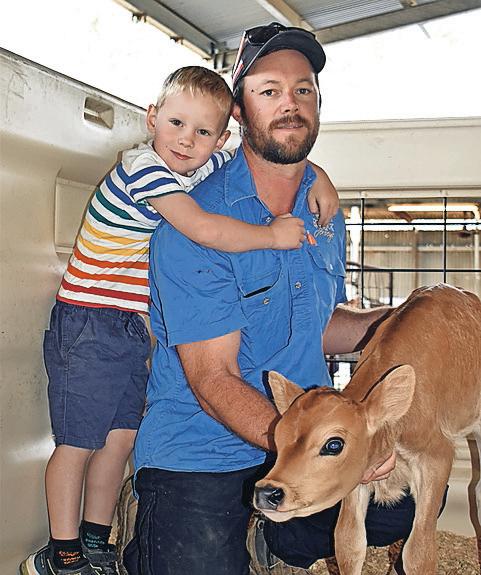
JANELLE MCDONALD has farewelled the last few of the Jerseys that formed the Sunshine Farms Jersey stud developed by her and her late husband, Neville.
Mrs McDonald has sold the Kyabram farm and on November 15 she sold the last 22 unjoined heifers, some of which she knew by name, at Shepparton Regional Saleyards.
She was impressed by the prices that purchasers paid for the yearlings and was reassured they were going to properties that valued the bloodlines.
One of the buyers was Katamatite teenager Sienna Ross, who is developing her own herd.
Dairy Livestock Services auctioneer Brian Leslie said a number of buyers had purchased daughters of the adult stock they’d bought at the main sale earlier this year.
“We had a Queensland buyer on the phone, who also purchased quite a few heifers. It is easier for them to get the young heifers acclimatised,” Mr Leslie said.
They sold to a top of $1900, with an average of $1122. Buyers were from all parts of Victoria along with several from NSW and Queensland.
The main herd sold at auction in February, with the top price of $10,500 achieved.
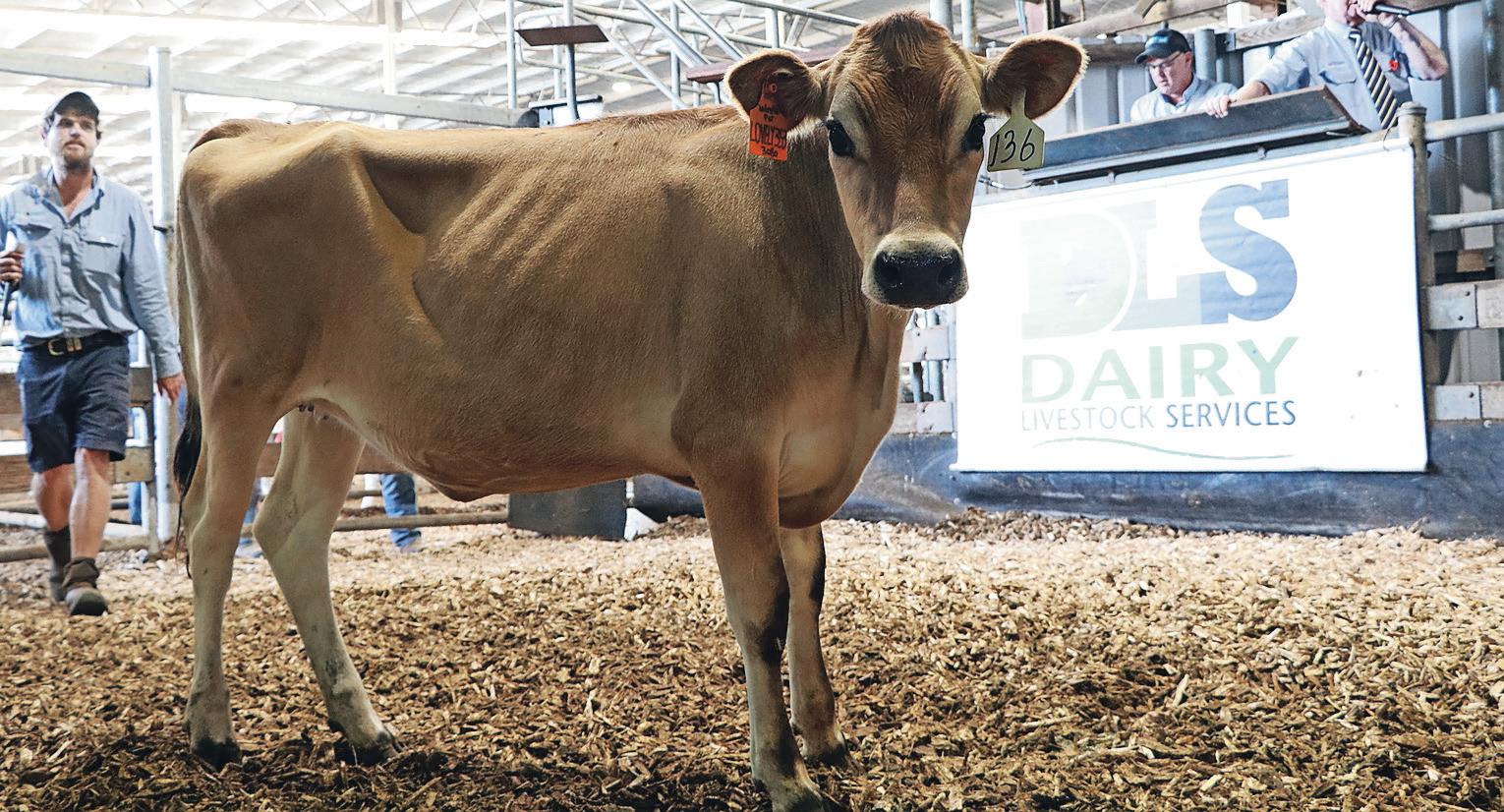
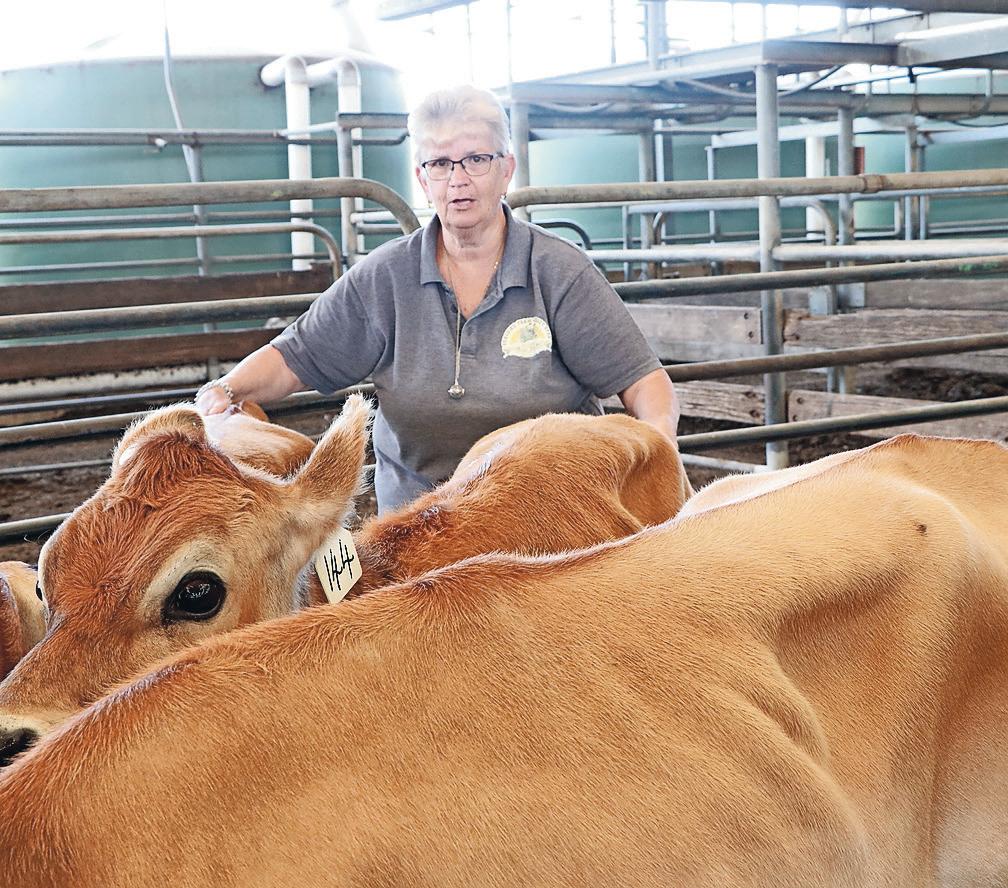
McDonald sees off the last few heifers from Sunshine Farms.
The Northern Spring Sensation Selection Sale at Shepparton Regional Saleyards on November 15 topped at $13,200 and averaged $3710.
The sale, run by Dairy Livestock Services, presented a yarding of 117 Holsteins which met with strong demand from buyers from four states.
The sale top of $13,200 was paid for Dryfield DD Tonio, VG 88.
This six-year-old was recently placed second in an on-farm competition and is backed by several generations of EX dams. She was sold by Brurob to G. and C. Peatling of Toolamba.
Next top at $11,000 was Mitchmantle Side Indiana, VG 87.
Auctioneer Brian Leslie described her as a great young cow backed by eight

generations of EX and VG classifications. She sold to R. Zanders of Murchison, who also selected her maternal sister Mitchmantle India 661, VG 86 by King Doc at $9000.

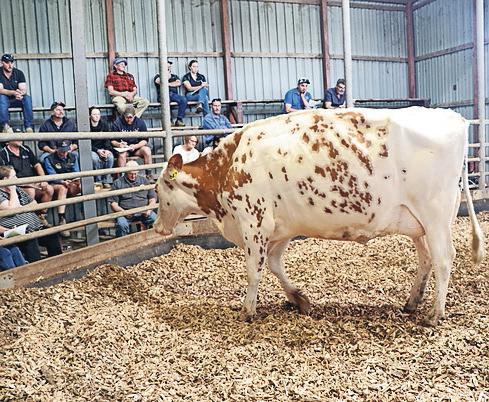
Krishlaye Holsteins of Nereena paid $8000 for Ingolmore Berlu Indiana, a seven-year-old recently classified EX 92. This
cow was one of eight maternal sisters that averaged $6100.
Mitch Holsteins of Bamawm selected Mitchmantle Tatoo Carly 569, VG 89
Jaguar Holsteins sold a fine line of cows including Rusty Red Roy Cretonne-Red, EX 90 at $5750 to G. and C. Peatling and Jaguar
an
NOW IS a good time for producers to assess their heat stress management programs as heat stress can impose a significant financial and welfare cost to a business.
Heat stress has been shown to decrease milk yield by 10 to 25 per cent, feed intake by 10 to 20 per cent, decrease six-week and 100-day in-calf rates, drop natural and artificial insemination conception rates, and increase the risk of clinical mastitis in higher yielding cows.
To manage the impact of heat stress the following actions can be taken when a high heat day is expected:
Use low-stress stock handling techniques; this helps reduce physical body heat.
Delay afternoon milking until 5pm.
Wet the dairy yard for an hour before cows arrive.
Use yard sprinklers as they encourage heat loss and are an effective method of cooling herds of cows quickly by: aiming for a moderate to large water droplet from the sprinkler; using an on/off cycle, sprinkling cows for one to three minutes every 15 minutes; and bringing the milking herd back to the dairy yard around midday if you don’t have a shade shed and using the sprinkler system to cool cows.
Instal a large water trough on the exit side of the dairy; during hot weather a cow can drink 200 to 250 litres/day.
Place fans above sprinklers and tilting them down 20-30° so they blow air between and underneath cows to enhance whole-body cooling.
Provide cows with the highest quality pasture

available to graze overnight when they are cooler.
Importantly, if animals are heat-affected and show no signs of improvement, contact your local veterinarian for assistance.
In the long-term the following actions can be considered to manage heat stress to benefit the enterprise and ensure the welfare of cattle: Review or undertake a whole farm plan including: the placement of shade structures; and tree plantings on northern and western edges of pastures (trees can reduce the radiant heat load by 50 per
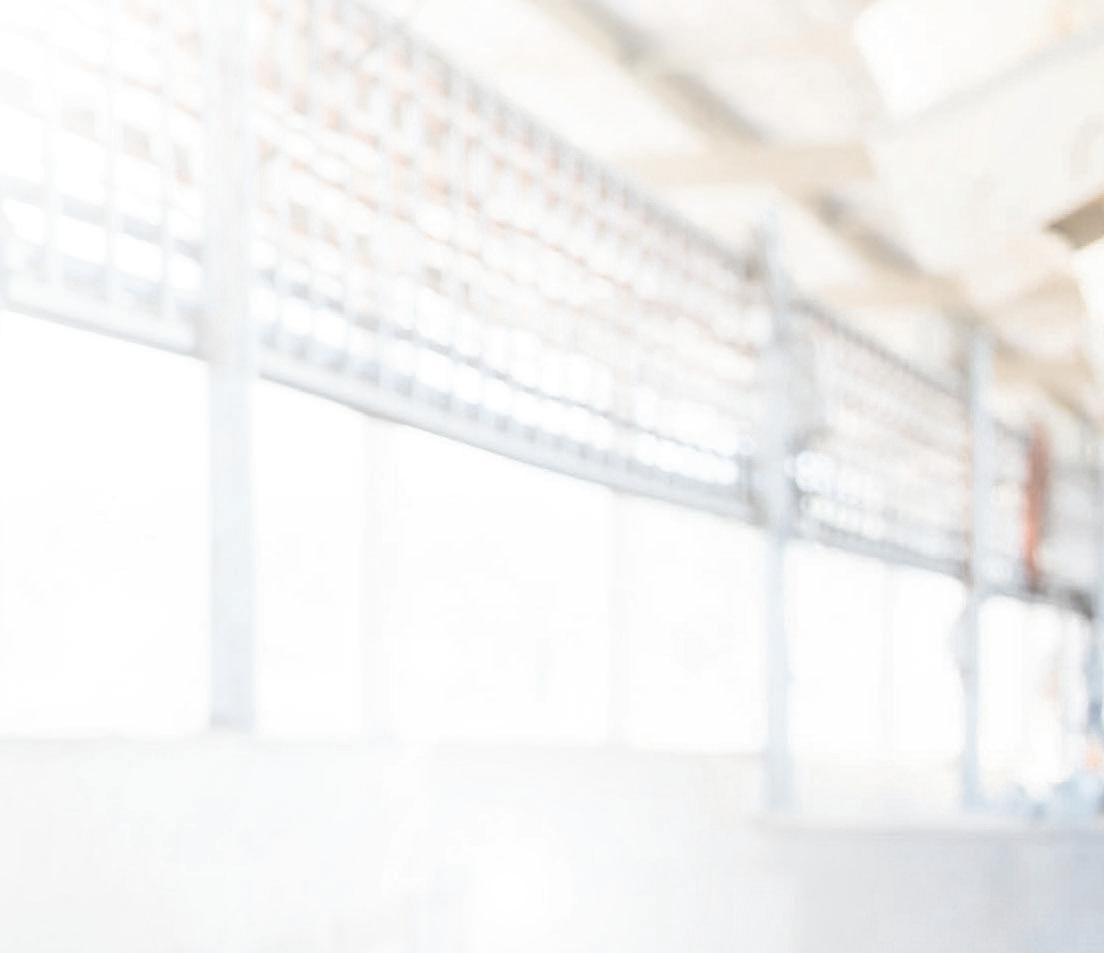
cent or more).
Fence-off tree lines to protect tree roots and reduce the chance of cows lying down in mud and dung.
Install a shade cloth over the dairy yard; this could be permanent or retractable. Modelling has shown when shade is provided there are 53 per cent fewer moderate and 86 per cent fewer severe heat stress events. Shade, sprinklers and air movement enables faster milk let-down and more incentive for the herd to walk to the dairy.

If you have a permanent feed-out pad, consider installing a shade structure over it. Assess the impact of withholding insemination during hot weather on herd profitability.
For further information, see Dairy Australia’s Feeding Cool Cows Research fact sheets at: https://www.dairyaustralia.com.au/ resource-repository/2023/08/11/feeding-coolcows-research-fact-sheets
–Richard Smith Agriculture Victoria dairy extension officer, Tatura

A culturally diverse workforce delivers many benefits for dairy farming. We’re looking for farmers that want to improve how they lead and develop a diverse team.


Dairy Australia together with Gardiner Foundation are developing a personalised one-on-one service to support dairy farmers with being the best possible employer. For more information contact shane.byrne@murraydairy.com.au or register via the QR code.















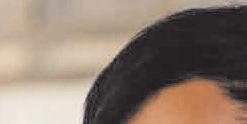





BY GEOFF ADAMS
IF STEVE Mills was still farming the 120 hectares on his Broken Creek block, he would have put the cows on to the paddocks to knock the grass down by now.
But cattle haven’t trodden the block for years and Steve’s hope is that they will never return.
Steve, a retired dairy farmer and board chairman, owns the largest block in Moira Shire devoted to the environment through a Trust for Nature covenant.
Kangaroos, not dairy cows, graze the property, birds roost in the gum trees, and even snakes are making their home in the lignum grass.
On a tour of the property recently, Steve pointed to the birdlife (“I’ve been told a superb parrot [considered vulnerable] was seen here”) and the kangaroos.
He’s seen a few grey crowned babblers and goannas, and visitors have reported seeing snakes. “They’re natives too,” Steve said.
Steve proudly pointed to a majestic old box tree, which must be several hundred years old, and, after a few jokes about ‘tree hugging’, he observed: “Won’t be hugging that one; it’s way too big to get your arms around!”
He first placed a covenant on 70 hectares of the block in 2002 when he was still dairy farming about 6km away and the block was used for summer pasture, cereal crops and maize.
His part-time role as a director of GoulburnMurray Water and then Goulburn Broken Catchment Management Authority exposed him to water and environmental issues.
“I’d been involved in water quality for a long time, so I probably understood the reason why we need to look after our land and water resources a bit better.”
Something rubbed off from his soldier settler father, Lou.
“When I was growing up, Dad used to say you have to look after the land and water and make sure you hand them over to the next generation in a better condition than you found them,” Steve said.
Trust for Nature Conservation program manager Shelagh Curmi has been impressed by Steve and his wife June’s dedication to conservation.
“It shows a genuine and deep respect for nature and understanding of the pivotal role it plays in biodiversity conservation, agriculture and human wellbeing,” she said.
Shelagh said the area was valuable because of the large old red gum and grey box trees.


“The native grass groundcover, with lots of herbs and lilies, is also unique.”
This type of native vegetation with a native groundcover is rare in the district due to the intensive agriculture that has been undertaken.
The property boasts 56 different fauna species and 82 flora species. Native shrubs have been planted out and Shelagh pointed out that shrubs were a biodiversity resource that was lacking in the area.

Steve, 73, said he hoped the covenant would stay on the property for perpetuity.
But he’s wrestling with some major life issues and he’s not sure how that will work out when he’s gone.
About five years ago he was diagnosed with Parkinson’s, a complex degenerative brain disease.
“My doctor says there are many different pathways with Parkinson’s, and I don’t know
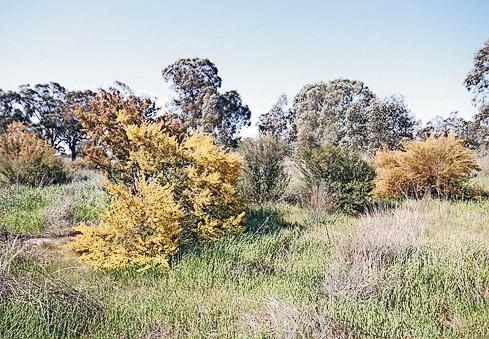
which one I am on, but I don’t want to leave the property to someone and see it become a burden for them to maintain,” he said.
“I’ve thought long and hard about it, but don’t have any solutions yet.”